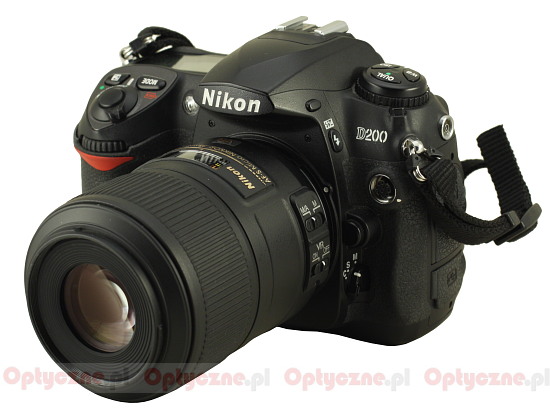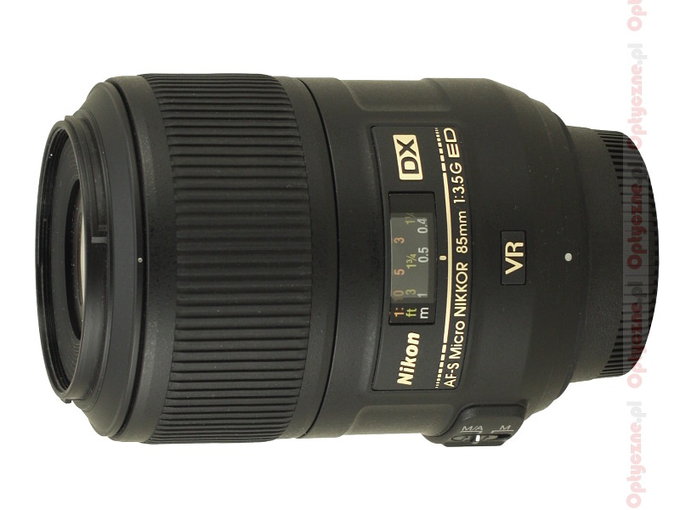Nikon Nikkor AF-S DX Micro 85 mm f/3.5G ED VR
1. Introduction
When we the first heard news about the launch of the Nikkor AF-S DX Micro 85ámm f/3.5G ED VR, a lens designed by Nikon to work on smaller sensors, reached us we were wondering what the point of launching such a lens was. With the benefit of hindsight we must admit it did have a point because the lens fits a certain market gap quite well.
Nikon has had already a similar model in its line-up - the Nikkor 105ámm f/2.8 G AF-S VR IF-ED Micro, assessed by us very well - but it costs about 890 $ so it is often simply too expensive for amateurs, often on a tight budget. The Nikkor 60 mm f/2.8G ED AF-S Micro is distinctly cheaper but its focal length is too short for some macro applications, it doesn’t have any stabilization and it is still more pricey than the new 3.5/85 VR. Looking at the offer of the Nikon the new lens really fits perfectly the whole range of this company’s products.
Please Support UsIf you enjoy our reviews and articles, and you want us to continue our work please, support our website by donating through PayPal. The funds are going to be used for paying our editorial team, renting servers, and equipping our testing studio; only that way we will be able to continue providing you interesting content for free. |
- - - - - - - - - - - - - - - - - - - - - - - - - - - - - - - - - - - - - - - - - - - - - - - -
What is offered by independent producers, though? Sigma has two lenses with similar parameters: the 70ámm f/2.8 EX DG MACRO and the 105ámm f/2.8 EX DG MACRO. Both are a bit faster than the Nikkor but also more expensive; as both don’t feature either stabilization or an HSM motor; apart from that they change their dimensions significantly when you go to minimum focus distance.
The situation of Tamron is a bit better. You can find a relatively new model, the Tamron 60ámm f/2.0 SP AF Di II MACRO, in its line-up. The fastness is its main advantage – the device on a small sensor will perform well as a shorter portrait lens. On the other hand, though, when it comes to typical macro usages, the Nikkor’s stabilization, even more useful than f/2.0 aperture, and bigger distance in which you can get 1:1 scale will be its chief assets. The Tamron 90ámm f/2.8 SP Di Macro seems to be the most serious rival of the Nikkor 3.5/85 as it has a similar focal length, an ultrasonic autofocus motor and it doesn’t change its dimensions during work. These are important assets too.
There is also the Tokina 100ámm f/2.8 AT-X PRO D FC Macro on the horizon, with roughly the same pros/cons ratio as the Tamron. The Tokina is a bit cheaper than the Nikkor, faster, excellent optically and mechanically; its longer focal length works better when it comes to typical macro shots. However, the Nikkor has stabilization, ultrasonics and fixed dimensions – several things the Tokina can’t boast of.
To sum up the new Nikon’s launch made this company the only one on the market which can boast in its line-up a stabilized macro lens with a price acceptable for amateur photographers, additionally with an autofocus based on an ultrasonic SWM motor.
We would like to thank the Nikon Poland company for lending us the lens.
You are also invited to get acquainted with our test procedure, described in the article "How do we test lenses?" If you feel it’s still not enough, please go to our FAQ section where you can find some further explanation.
 |







